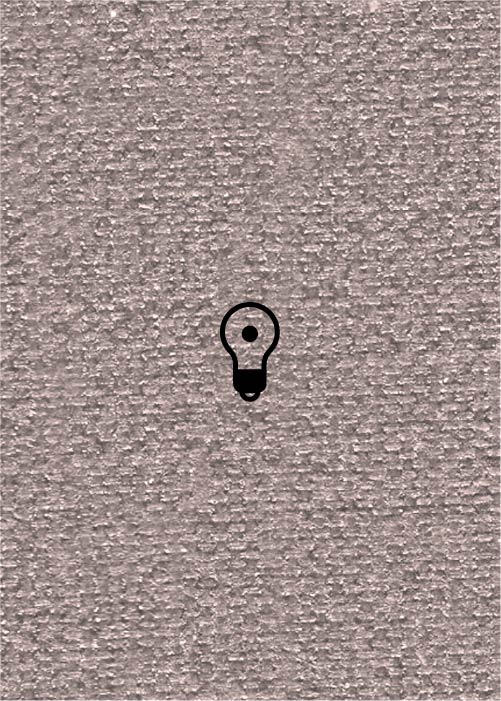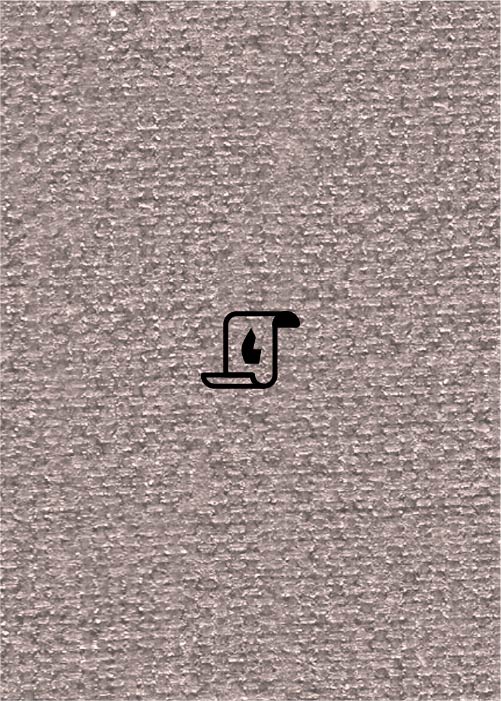(343 results found)

Mitsve-tants (LKT)
… and contemporary state of knowledge about klezmer music. Each entry includes a number of citations from … singular khusid ] were cornerstones of Leon’s old-time, Jewish dance repertoire. He often referred to them as a … . And this was among a series of dances -- Hassidic, folk-like, led by experts, among them Reb Baruch-Moshe …

«A Special Kind of Antisemitism»: On Russian Nationalism and Jewish Music
… the fiftieth anniversary of the founding of the Society for Jewish Folk Music, the composer Solomon Rosowsky published a short …

Semele (LKT)
… and contemporary state of knowledge about klezmer music. Each entry includes a number of citations from … were danced in the late nineteenth century. For example, a folk song (Ginzburg-Marek 1901: no. 254) mentions a dance … dance. Cahan introduces some German folk songs as well as Jewish ones in which we find a similar dance. However, the …

Shemele (LKT)
… and contemporary state of knowledge about klezmer music. Each entry includes a number of citations from … p. 24 . “The ‘beroyges’ and ‘shalom’ dances [are] two Jewish weddings dances that were widespread in Eastern … outside of sources found in [Eastern European Jewish] folk song, we have nothing about this style, no definitive …

Doyne (LKT)
… and contemporary state of knowledge about klezmer music. Each entry includes a number of citations from … doina (Yiddish: doyne or doyna ), a free-meter Romanian folk instrumental genre often associated with sheperds and … other contemplative, free-meter genres in the East European Jewish tradition, including cantorial recitatives, the kale …

Volekh (LKT)
… and contemporary state of knowledge about klezmer music. Each entry includes a number of citations from … but structured melody for listening, from the Romanian-Jewish repertoire. Often performed for guests at the banquet … expressing an elegiac mood, in the manner of Wallachian folk music. The hazanim used to sing a Wulach , for example, …

Pastukhel (LKT)
… and contemporary state of knowledge about klezmer music. Each entry includes a number of citations from … lost and then found sheep formed the basis for the popular folk song ‘Dos pastekhl’ or ‘a pastekh’ (‘The/A Sheperd’). … and most beautiful of Yiddish folk songs. A certain non-Jewish influence heard in the melody is probably Ukrainian. …

Kozatshok (LKT)
… and contemporary state of knowledge about klezmer music. Each entry includes a number of citations from … reference. “Sometimes, however, certain [Ukrainian, non-Jewish] melodies are deliberately adopted as extraethnic. In Jewish folk music we have a certain number of melodies adopted from …

Kozatske (LKT)
… and contemporary state of knowledge about klezmer music. Each entry includes a number of citations from … citation, you get the full reference. “In the [Yiddish folksong] Hatskele , a poor aunt asks the musicians to play … and cannot pay for it. The first part of the melody is of Jewish origin, the latter part is Russian and in keeping …

Kozak (LKT)
… and contemporary state of knowledge about klezmer music. Each entry includes a number of citations from … at the end of each citation, you get the full reference. “Jewish musicians used to play frequently at non-Jewish … music... It is noteworthy that in both belles lettres and folklore the kozačok is mentioned much more frequently …


